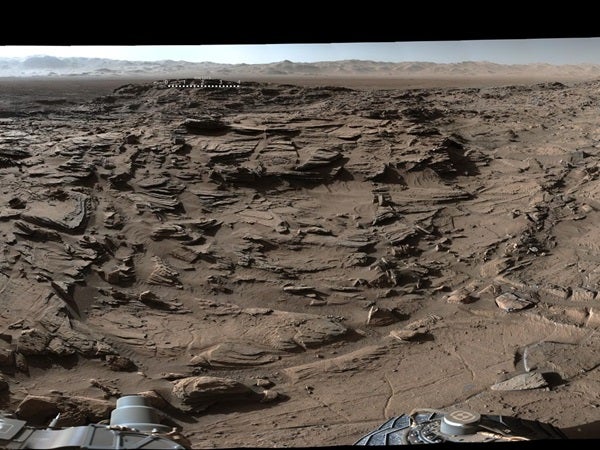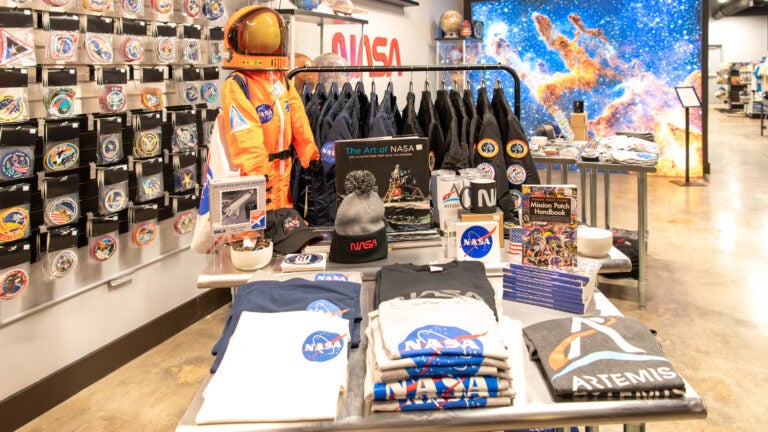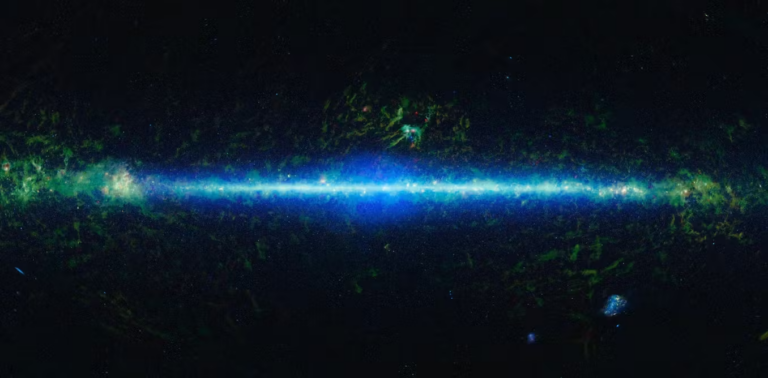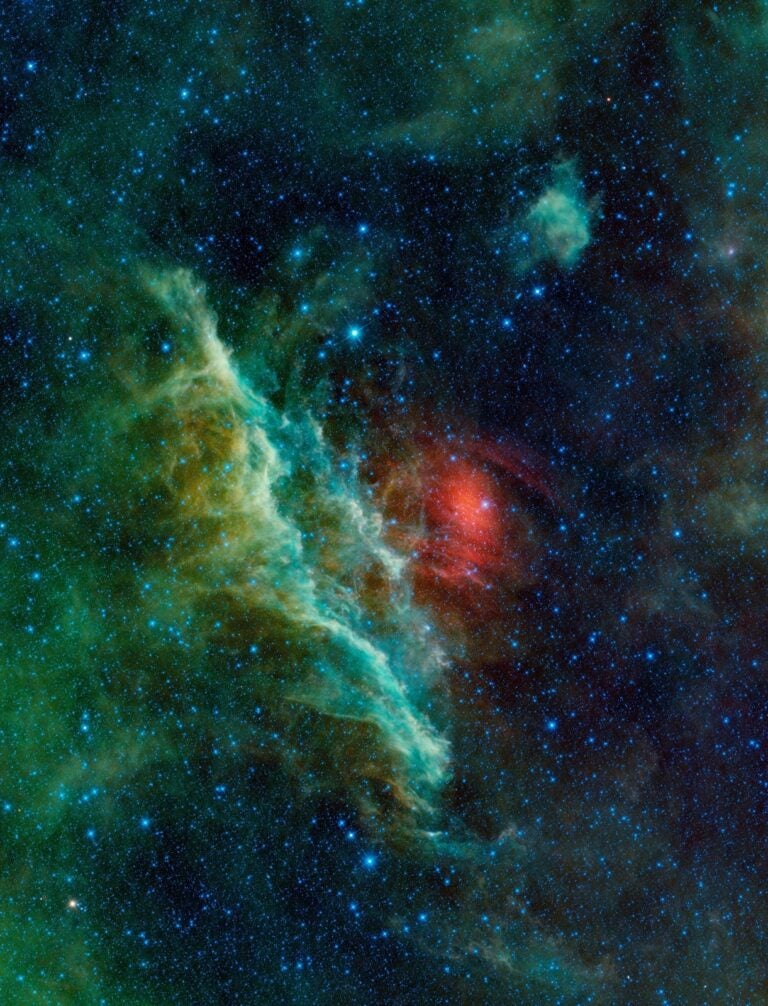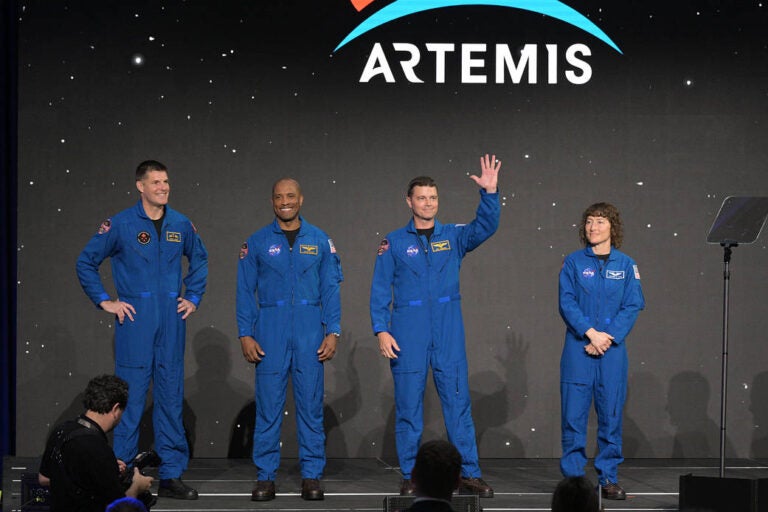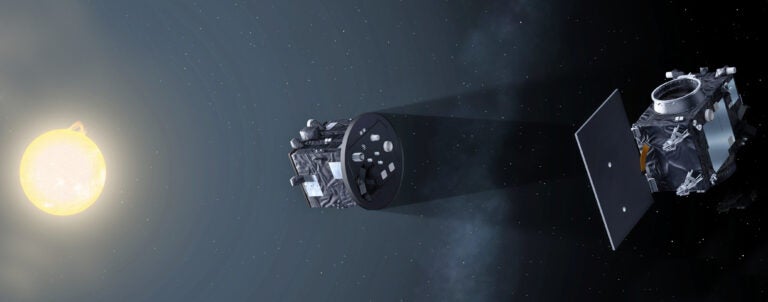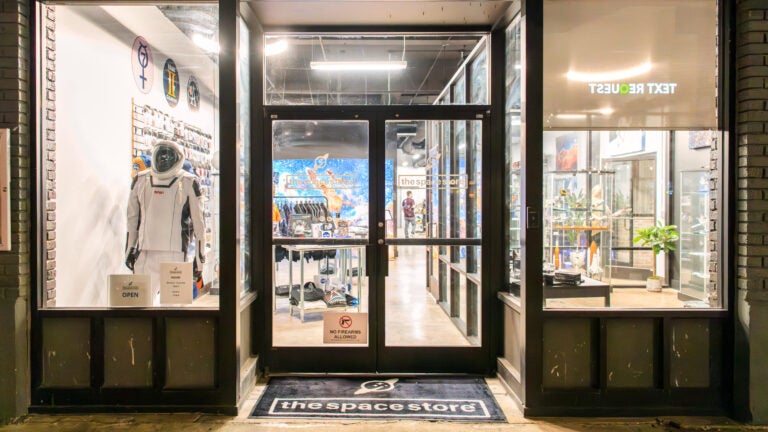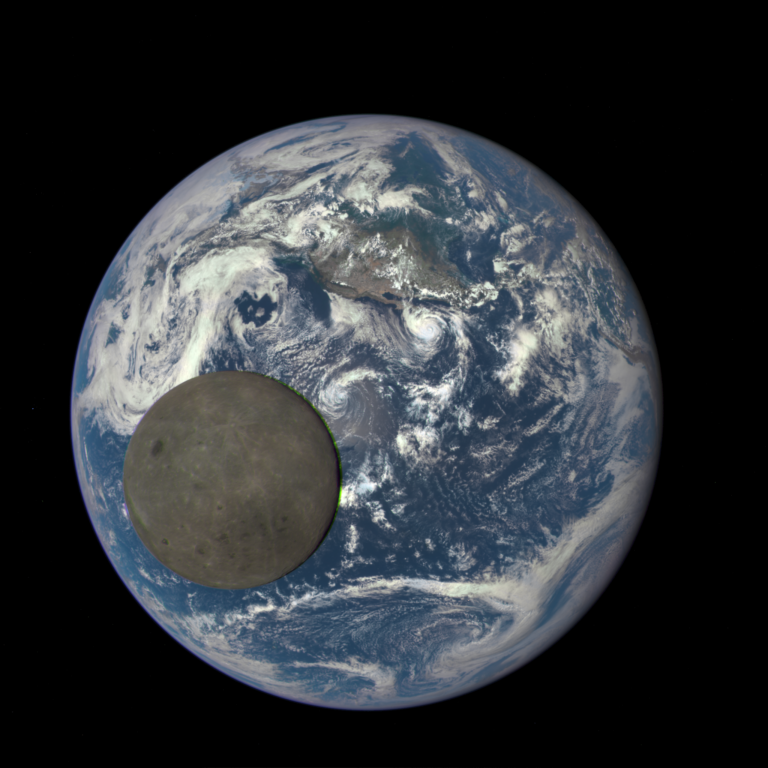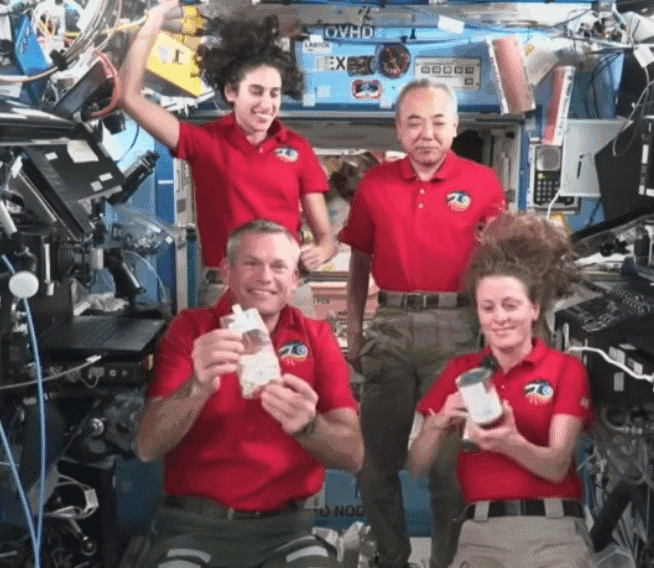NASA’s Curiosity Mars rover has nearly finished crossing a stretch of the most rugged and difficult-to-navigate terrain encountered during the mission’s 44 months on Mars.
The rover climbed onto the Naukluft Plateau of lower Mount Sharp in early March after spending several weeks investigating sand dunes. The plateau’s sandstone bedrock has been carved by eons of wind erosion into ridges and knobs. The path of about a quarter mile (400 meters) westward across it is taking Curiosity toward smoother surfaces leading to geological layers of scientific interest farther uphill.
The roughness of the terrain on the plateau raised concern that driving on it could be especially damaging to Curiosity’s wheels, as was terrain Curiosity crossed before reaching the base of Mount Sharp. Holes and tears in the rover’s aluminum wheels became noticeable in 2013. The rover team responded by adjusting the long-term traverse route, revising how local terrain is assessed and refining how drives are planned. Extensive Earth-based testing provided insight into wheel longevity.
The rover team closely monitors wear and tear on Curiosity’s six wheels. “We carefully inspect and trend the condition of the wheels,” said Steve Lee, Curiosity’s deputy project manager at NASA’s Jet Propulsion Laboratory, Pasadena, California. “Cracks and punctures have been gradually accumulating at the pace we anticipated, based on testing we performed at JPL. Given our longevity projections, I am confident these wheels will get us to the destinations on Mount Sharp that have been in our plans since before landing.”
Inspection of the wheels after crossing most of the Naukluft Plateau has indicated that, while the terrain presented challenges for navigation, driving across it did not accelerate damage to the wheels.
On Naukluft Plateau, the rover’s Mast Camera has recorded some panoramic scenes from the highest viewpoints Curiosity has reached since its August 2012 landing on the floor of Gale Crater on Mars.
The scenes show wind-sculpted textures in the sandstone bedrock close to the rover, and Gale Crater’s rim rising above the crater floor in the distance. Mount Sharp stands in the middle of the crater, which is about 96 miles (154 kilometers) in diameter.
The next part of the rover’s route will return to a type of lake-deposited mudstone surface examined previously. Farther ahead on lower Mount Sharp are three geological units that have been key destinations for the mission since its landing site was selected. One of the units contains an iron-oxide mineral called hematite, which was detected from orbit. Just above it lies a band rich in clay minerals, then a series of layers that contain sulfur-bearing minerals called sulfates. By examining them with Curiosity, researchers hope to gain a better understanding of how long ancient environmental conditions remained favorable for microbial life, if it was ever present on Mars, before conditions became drier and less favorable.

